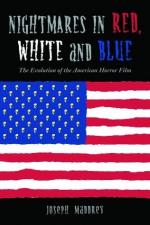|
This section contains 504 words (approx. 2 pages at 300 words per page) |

|
Since the invention of sound-recording technology by Thomas Edison (1847–1931) in the 1800s, people have looked for new and better ways to bring recorded sound to mass audiences. Before cassettes, compact discs (also called CDs; see entry under 1980s—Music in volume 5), and MPEG-1 Audio Layer-3 (MP3) files, the long-playing record (LP) was for more than forty years the main way people heard recorded music.
 Two teenage girls listen to music on LP records.
Two teenage girls listen to music on LP records.
During the first half of the twentieth century, the 78-rpm record—spinning on a turntable 78 times, or revolutions, per minute—was the major way people heard recorded music. But the 78-rpm record had a number of drawbacks: It could only hold a few minutes worth of music on each side, it was heavy, and it broke easily. Peter Goldmark (1906–1977), working for Columbia Records, developed the LP in 1948. He overcame the 78's...
|
This section contains 504 words (approx. 2 pages at 300 words per page) |

|




